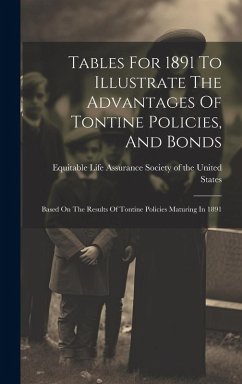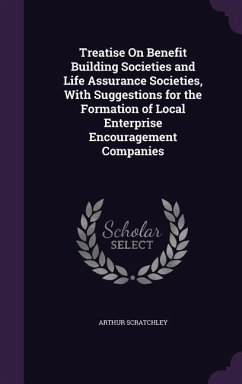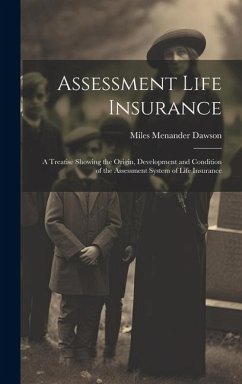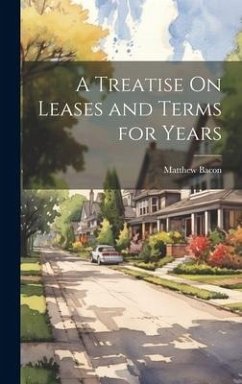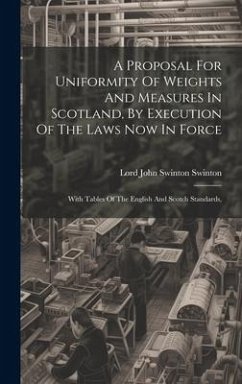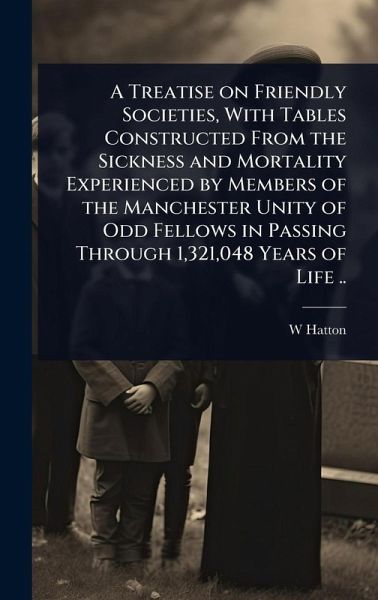
A Treatise on Friendly Societies, With Tables Constructed From the Sickness and Mortality Experienced by Members of the Manchester Unity of Odd Fellows in Passing Through 1,321,048 Years of Life ..
Versandkostenfrei!
Versandfertig in über 4 Wochen
25,99 €
inkl. MwSt.
Weitere Ausgaben:

PAYBACK Punkte
13 °P sammeln!
"A Treatise on Friendly Societies" by W Hatton, originally published in 1874, offers a detailed examination of friendly societies, particularly focusing on the Manchester Unity of Odd Fellows. This historical work provides valuable insights into the operational aspects of these societies, including the construction of sickness and mortality tables based on an extensive dataset of 1,321,048 years of life experienced by its members. The book serves as a primary source for understanding the role of mutual aid organizations in 19th-century society and their methods for managing risk and providing ...
"A Treatise on Friendly Societies" by W Hatton, originally published in 1874, offers a detailed examination of friendly societies, particularly focusing on the Manchester Unity of Odd Fellows. This historical work provides valuable insights into the operational aspects of these societies, including the construction of sickness and mortality tables based on an extensive dataset of 1,321,048 years of life experienced by its members. The book serves as a primary source for understanding the role of mutual aid organizations in 19th-century society and their methods for managing risk and providing social welfare. It will be of interest to historians, sociologists, and those studying the development of insurance and social security systems. The detailed tables and analysis offer a unique glimpse into the health and mortality patterns of a specific population during this period. This work has been selected by scholars as being culturally important, and is part of the knowledge base of civilization as we know it. This work was reproduced from the original artifact, and remains as true to the original work as possible. Therefore, you will see the original copyright references, library stamps (as most of these works have been housed in our most important libraries around the world), and other notations in the work. This work is in the public domain in the United States of America, and possibly other nations. Within the United States, you may freely copy and distribute this work, as no entity (individual or corporate) has a copyright on the body of the work. As a reproduction of a historical artifact, this work may contain missing or blurred pages, poor pictures, errant marks, etc. Scholars believe, and we concur, that this work is important enough to be preserved, reproduced, and made generally available to the public. We appreciate your support of the preservation process, and thank you for being an important part of keeping this knowledge alive and relevant.




